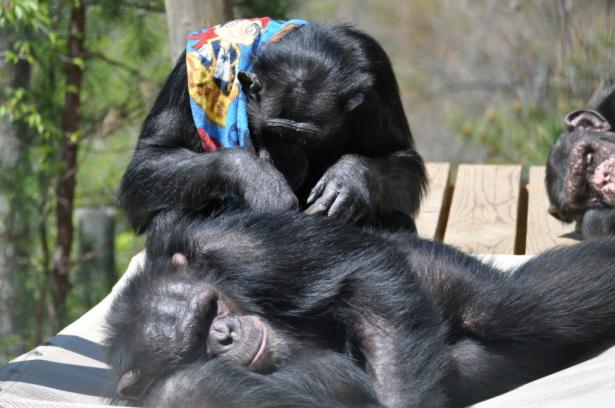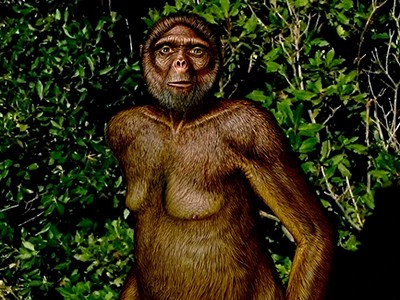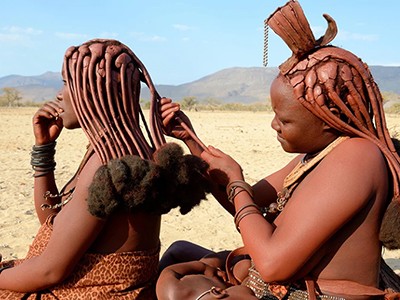Selfish Genes to Social Beings: A Cooperative History of Life Jonathan Silvertown Oxford Univ. Press (2024)
The fact that all life evolved thanks to natural selection can have depressing connotations. If ‘survival of the fittest’ is the key to evolution, are humans hardwired for conflict with one another? Not at all, says evolutionary biologist Jonathan Silvertown in his latest book, Selfish Genes to Social Beings. On the contrary, he argues, many phenomena in the natural world, from certain types of predation to parasitism, rely on cooperation. Thus “we need no longer fret that human nature is sinful or fear that the milk of human kindness will run dry”.
Silvertown uses examples from genes, bacteria, fungi, plants and animals to emphasize that cooperation is ubiquitous in nature. For instance, bacteria called rhizobia thrive in the root nodules of legumes — and turn nitrogen from the air into a soluble form that the plants can use. Some beetles cooperate to bury animal corpses that would be too large for any single insect to manage alone, both reducing the risk of other animals stealing food and providing a nest for beetle families to live in.
It’s time to admit that genes are not the blueprint for life
And many bacteria indicate their presence to each other using a chemical-signalling system called quorum sensing, which is active only when members of the same species are tightly packed together. This allows each cell to adjust its gene expression in a way that benefits the individuals in the group — to release a poison to kill other species, for instance, when enough bacteria are clustered together to mount a decent attack.
Even eighteenth-century piracy, says Silvertown, is a good example of effective cooperation. Pirates worked together on their ships, and used violence more often against outsiders than as an internal mechanism for law enforcement.
The author argues against the idea that cooperation is fundamentally at odds with competition — a view that emerged as a consequence of the sociobiology movement of the 1970s, in which some biologists argued that all human behaviour is reducible to a Darwinian need to be the ‘fittest’. The reality, as Silvertown shows, is not black and white.

Lichen is a composite organism, in which an alga lives within a fungus.Credit: Ashley Cooper/SPL
A matter of perspective
Take lichens, for instance — ‘composite organisms’ in which an alga or cyanobacterium lives within a fungus. The Swiss botanist Simon Schwendener, who discovered this relationship in the 1860s, argued that a lichen is a parasite: “Its slaves are green algals, which it has sought out or indeed caught hold of, and forced into its service.” Another way to view the relationship is that these algae and fungi are co-dependent — when they co-exist as a lichen, each grows better than it would alone. The line between parasitism and mutualism, competition and cooperation is not clear cut. It’s a matter of perspective.
A ‘user’s manual for the female mammal — how women’s bodies evolved
Similarly hazy boundaries are found in the biology of our own cells. More than a billion years ago, cells absorbed bacteria, which eventually evolved into structures called mitochondria that generate energy. Mitochondria are an essential part of the cells of all plants, animals and fungi alive today. They could be considered slaves, with cells the parasites. Or perhaps they are more like adopted family members.
Fundamentally, Silvertown proposes, cooperation in each of these situations stems from selfishness. Animals did not evolve to act for the benefit of their species, but to spread their own genes. Cooperation happens because mutual benefits are better, biologically speaking, than working alone, as the case of lichens effectively demonstrates.
If this seems heartless, it’s a reflection of the human tendency to apply human moral frameworks to biological phenomena. The use of emotionally charged words such as ‘slave’ and ‘adopted’ takes us away from rigorous science and leads us to see biological interactions as ‘good’ or ‘bad’, rather than as the morally agnostic, transactional processes that they truly are.
Why reciprocity is common in humans but rare in other animals
The anthropomorphizing of biological processes is a deep and current problem. The tendency to falsely imply agency in the natural world is an easy trap to fall into — consider how often people might say that a virus such as SARS-CoV-2 ‘wants’ to be transmitted, for instance, or that ants act ‘for the good of their colony’. I would have liked to hear more about Silvertown’s views on this category error. But in places, I felt that he could have made his implied understanding more explicit. Instead, he sometimes sacrifices that carefulness for unnecessary jokes, noting, for instance, that bacteria “are essentially singletons who like to party”.
The author could also have talked more about how the amorality inherent in most of the natural world does not apply to humans. Similarly to other organisms, our evolutionary heritage makes us social, but whether that sociality is ‘good’ or ‘bad’ is a moral, not a scientific, question. This distinction from the other cooperative processes that Silvertown outlines could have been explained better.
Selfish Genes to Social Beings is at its best in the long, fascinating discussions of the complexity of cooperative behaviours across the natural world. For instance, although I’ve read a lot about biology, before reading this book I could never understand how RNA chains might have joined together and started the process of self-replication through which all life evolved. Silvertown can talk as easily about the compounds making up your genes as most people can about yesterday’s football match.
Nature 628, 260-261 (2024)
doi: https://doi.org/10.1038/d41586-024-00999-5
Jonathan R. Goodman is a research associate at Cambridge Public Health, University of Cambridge, UK. His first book, Invisible Rivals, will be published in 2025. Contact Jonathan R. Goodman
Nature is a weekly international journal publishing the finest peer-reviewed research in all fields of science and technology on the basis of its originality, importance, interdisciplinary interest, timeliness, accessibility, elegance and surprising conclusions. Nature also provides rapid, authoritative, insightful and arresting news and interpretation of topical and coming trends affecting science, scientists and the wider public.
First, to serve scientists through prompt publication of significant advances in any branch of science, and to provide a forum for the reporting and discussion of news and issues concerning science. Second, to ensure that the results of science are rapidly disseminated to the public throughout the world, in a fashion that conveys their significance for knowledge, culture and daily life.





Spread the word